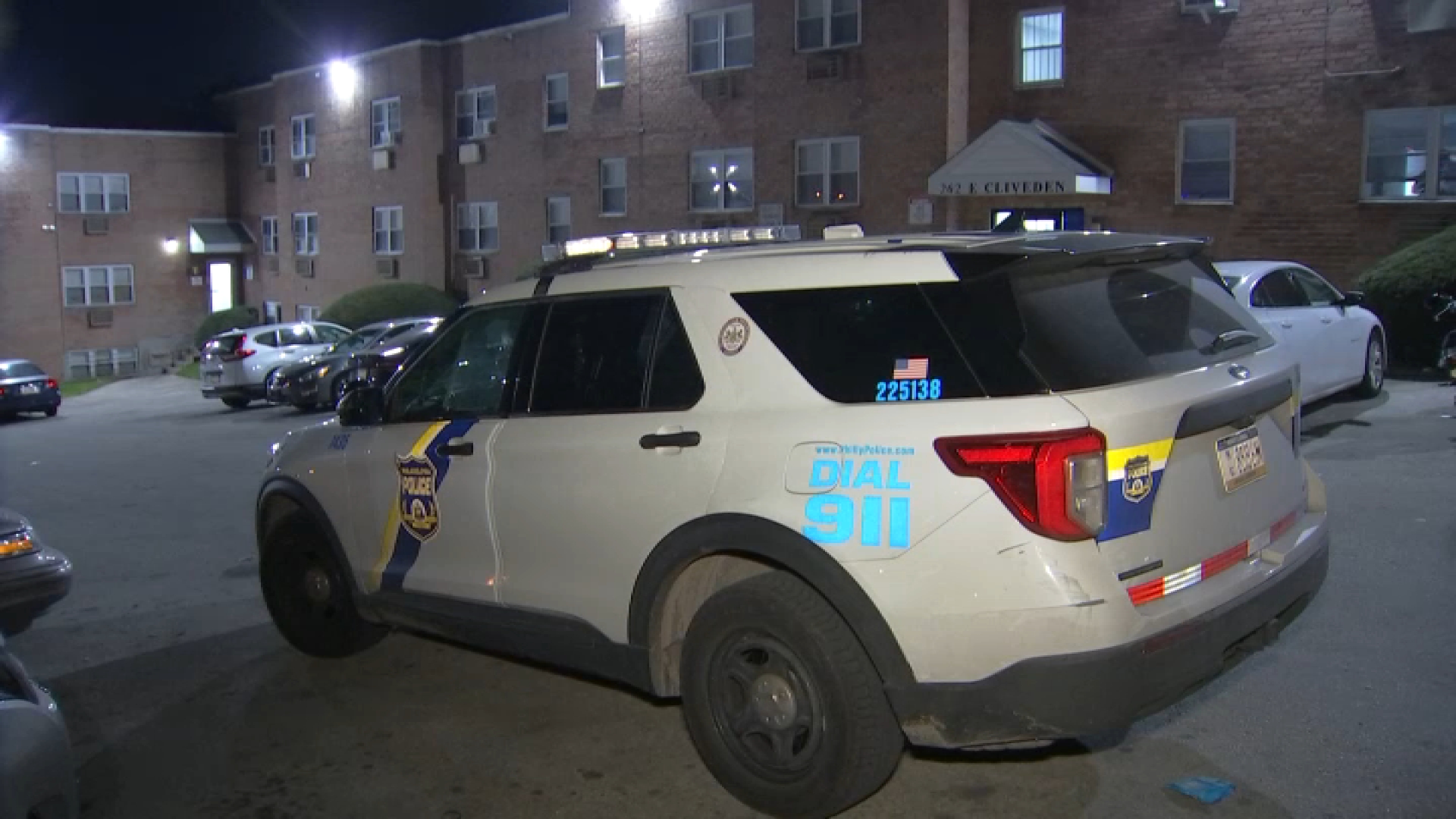Snowstorms have become devastating to American cities -- thanks to a commonplace technology: the private automobile.
"The evil snow is upon us.” So wrote New York lawyer and diarist George Templeton Strong in December 1879, describing a storm that had paralyzed the city. Teams of horses pulled ploughs through the snow, piled high along the sidewalks; downed electrical lines pitched the streets into darkness.
In the future, Strong imagined, things would be better. “A century hence cities will be put under glass,” he predicted, “and New York will be enclosed in a huge crystal palace.”
But snowstorms have actually become much more devastating to American cities since Strong’s time, thanks to a technology he could not have foreseen: the private automobile. Snow puts our cities — and their leaders — under a magnifying glass, not a protective cover. And we often don’t like what we see.
Look no further than last month’s mayhem in Atlanta, where two inches of snow trapped people on expressways for up to twenty hours. Unable to get home to their parents, over 2,000 school children had to spend the night in buses, police stations, or classrooms.
Public anger focused on Atlanta mayor Kasim Reed, who told a TV interviewer that most snowbound commuters were stranded far outside of his city. The remark was impolitic, but it was also true. Reed is only one of more than 60 mayors of towns and cities in the Atlanta region, where fewer than 10 percent of residents live within the city’s borders.
There are lots of reasons for that, starting with the exodus of whites from the city after the civil rights revolution. But it was also enabled by federal policies, which subsidized highway construction across the 20th century. That’s why Americans use cars for their daily transportation about 85 percent of the time; in Europe, between 50 and 65 percent of people do.
Local
Breaking news and the stories that matter to your neighborhood.
And it’s also why snow has become such a big headache for big-city mayors like Reed. In 2012, the same voters who are now flaying Reed and other Atlanta regional officials rejected a referendum for a tax to improve public transportation.
A century ago, ironically, snowstorms provided the impetus for some of the first big investments in municipal transportation systems. When 400 people died in a New York blizzard in 1888, for example, city officials stepped up plans to build a subway.
The first stretch of the subway opened in 1904. The following January, when a big storm hit, New Yorkers marveled at how little havoc it caused. “The Subway proved to be worth about all it cost,” one editorialist wrote.
Over the next few decades, however, more and more Americans purchased their own cars; by the mid-1930s, there was already one registered automobile for every two U.S. households. And everyone wanted their street cleaned so they could drive up and down it. So city governments had to assume responsibility for snow removal, which had formerly been handled by horse-car companies and other private agencies.
Inevitably, the governments fell short. There were simply too many streets—and too many automobiles—to satisfy everyone. Residents in New York’s car-dependent outer boroughs led the charge against mayor John Lindsay during New York’s huge 1969 snowstorm, which essentially ended Lindsay’s hopes of becoming president. “Get away, you bum,” an angry woman in Queens told Lindsay, during his ill-fated visit to the borough.
Ten years later, Chicago mayor Michael Bilandic bungled a blizzard cleanup so badly that he lost a re-election bid two months later. Snow has helped undo several other other big-city mayors since then, including Pittsburgh’s Luke Ravenstahl and Washington, D.C. mayor Adrian Fenty.
And even when they clean up the cold mess effectively, mayors take heat from environmentalists for salting roads. Salt melts ice and snow, but it can also pollute ground water and deplete fish populations. That’s why Seattle decided to use sand instead of salt in the 1990s.
But when two unusually big storms hit Seattle in 2008, mayor Greg Nickels decided the city would need salt after all. By that time, however, the snow was already gone. And so was Nickels, who lost a re-election bid the following year.
“The recent suffocating snows [are] a warning of God’s Vengeance on us for our Ingratitude to his Goodness and our Transgression of His law,” a Massachusetts minister thundered in 1741, after a big snowstorm. I prefer to think of snow as a more secular warning, about America and automobiles.
The real question to ask, in any storm, isn’t why so many people got stranded in their cars. It’s why so many were driving in the first place.



